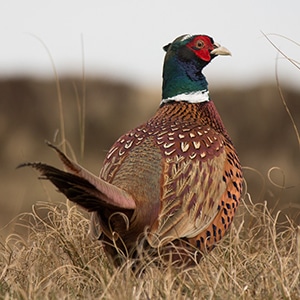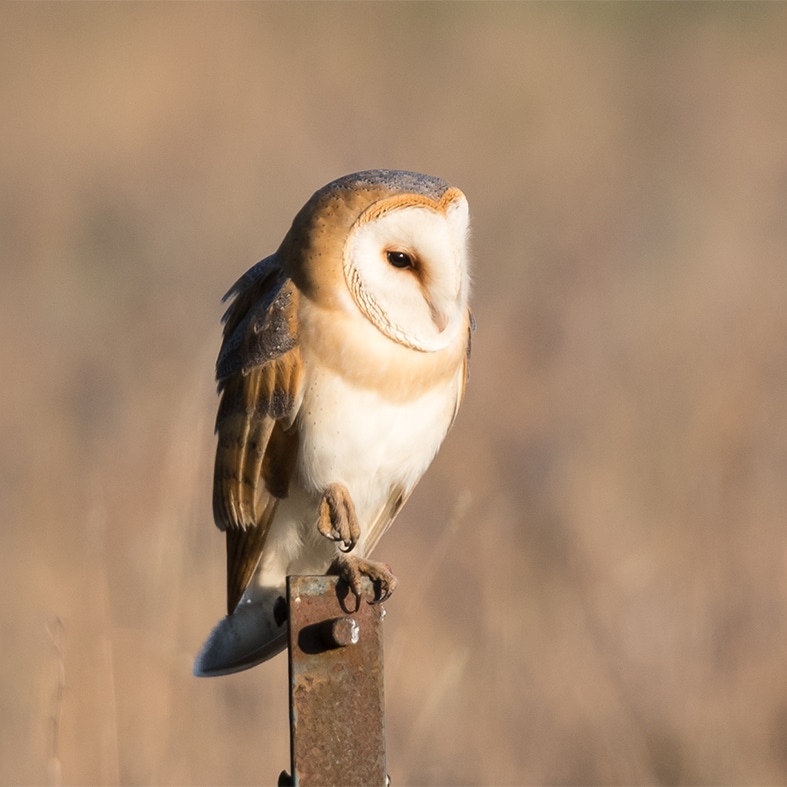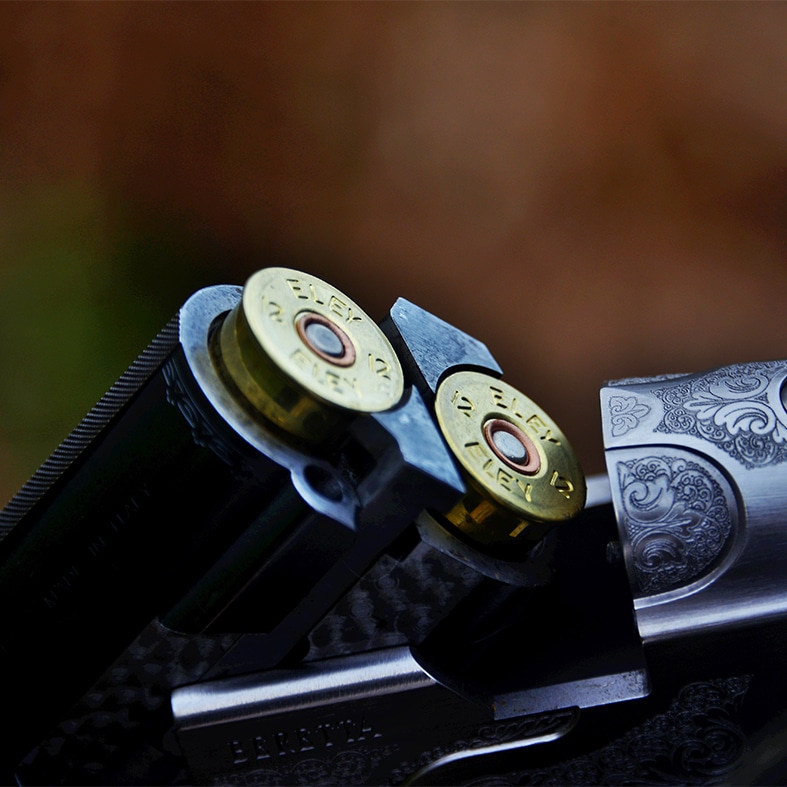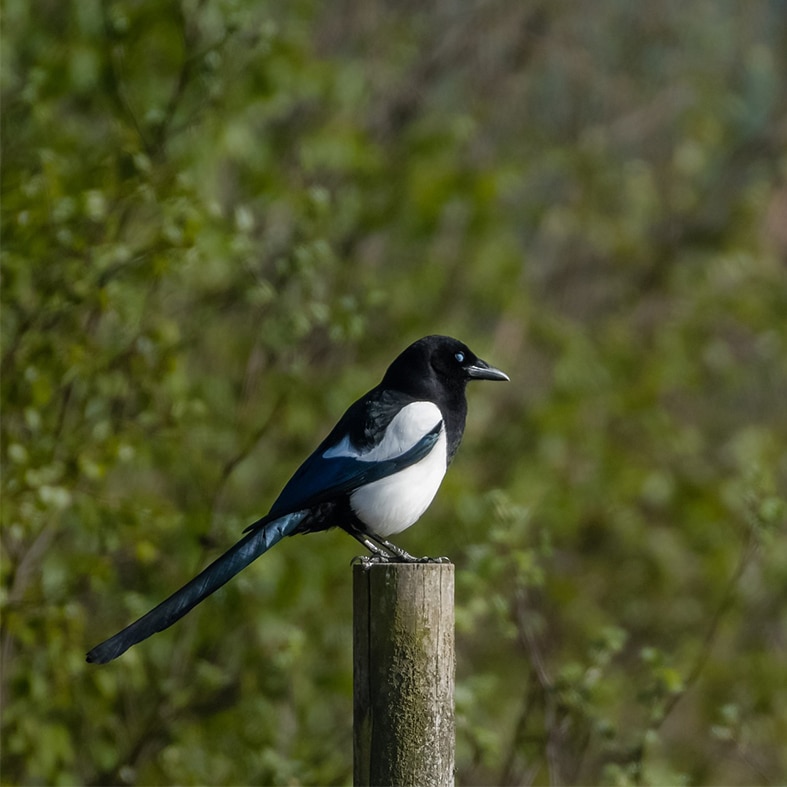

Gamekeeping Gamekeeping advice Open access
Open access
The Countryside and Rights of Way Act 2000 (CroW) created a public right of access to mountain, moor, heath, down and registered common land in England and Wales. This opens up nearly a million hectares of countryside for people’s enjoyment in England and Wales.

Many people think that the Act, often referred to as the ‘right to roam’, means just that – people are able to wander wherever and whenever they like. This is not true. The legislation did not provide a new ‘right to roam’, but rather a right of access on foot (not horseback, bicycle or other vehicles) to specified types of ‘access land’. This land comprises mountain, moor, heath and down (collectively called ‘open country’) and registered common land, as shown on Natural England’s CRoW access maps. These areas appear on current Ordnance Survey maps, enabling the public to find where access may be available.
BASC worked with statutory agencies to create guidance on how open access should be managed in relation to conservation, game management and shooting.
Game management and shooting
The CroW Act enables specified owners and occupiers to exclude or restrict access, for any purpose, for up to 28 days per year, and to apply for further restrictions for management purposes. Restrictions will not affect public rights of way and will not be available for land with public access rights or agreements that pre-date CroW. In most cases it will usually be adequate or preferable to use management mechanisms to reconcile access with wildlife and game interests. In the majority of areas the effect that CroW will have on shooting land will be less than people realise. It is generally felt that the Act will lead to a basic redistribution of present numbers of visitors to the countryside, rather than a mass increase. The majority of new access land should not interfere with driven partridge and pheasant shooting.
Even before the implementation of the CroW Act, some of the biggest shoots in the country already had public footpaths, bridleways and other rights of way running across them. In some cases the landowners permitted unrestricted access away from paths. In some areas, this access even existed alongside release pens and through cover crops, yet, by careful management, the shoots experienced few problems with the people that walked there.
Traps and trapping
Conservation
Management techniques
The first thing to consider is ‘will any new access created on your land be of significant interest to the public anyway?’ Questions to address include: what are the attractions, what additional land is available, and is there already a network of public footpaths? You also need to consider the types of people who will be attracted to your land; will they come from far afield arriving by motor vehicles, or will they be local people arriving on foot? If visitors are likely to be local and you know them, can you build a relationship with them to act as your eyes and ears? If you think new access is likely to be attractive to the public then you may well be advised to prepare an access management plan. Take a copy of a map showing the new access areas over your land and mark any points you consider may be attractive to walkers. Then highlight any key access points where there may be features such as potential parking facilities close to roads, and any sites suitable for signs, if they are needed. Also note down any potential ‘honey pots’ where visitors will be particularly keen to visit. These might include viewpoints of historical features such as old building remains or monuments.
Studies have shown that most people prefer to keep to paths, even when given a free choice between roaming over wide areas or following linear routes. If you have a particular game drive or area close to a release pen that you want to keep people away from, influence the routes people take by using carefully worded signs and way-markers in strategic locations. If you want visitors to use a particular route, it is important you ensure that the path is obvious and easy to follow. It should be easier to walk on than surrounding land, have limited opportunities for short cuts to develop and follow natural contours where appropriate. It should also take in features of interest and lead to natural viewpoints or link to rights of way and other paths.
When formulating your access management plan, you should be able to get assistance from your access authority, ranging from advice and information to financial or practical help with gates or stiles. Your access authority will be your local highway authority or the national park authority, if appropriate. You can also contact your Local Access Forum, which advises the access authority on local access issues and will have members from many backgrounds, including land management, farming and conservation. It is wise to take advice from these sources, since they will help to ensure that your approach is consistent with others and therefore most effective when it comes to influencing the public on your land.
Through a combination of using the techniques described here, using a variety of signs and contacting any of the numbers listed below for further help or assistance, you may discover that the CroW Act need not have a significant impact on shooting sports or the countryside. Indeed the more people that we can introduce and educate to the countryside way of life, conservation, shooting and game management, then the brighter the future for shooting and conservation will certainly be.
This article is taken from the booklet ‘Access, Conservation, Game Management and Shooting’ produced by BASC in conjunction with English Nature (now Natural England). For copies please call 01244 573000.
Further information
Share
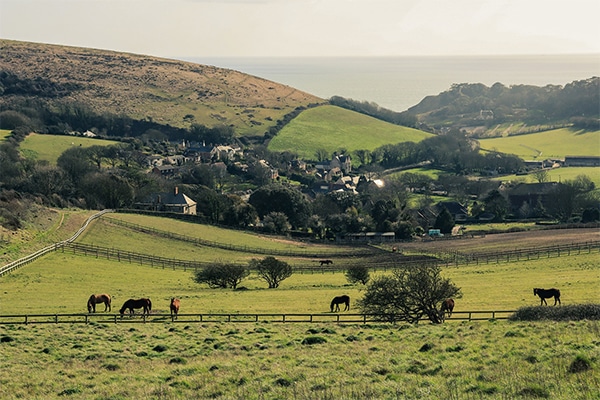
Horses and shoots
There are a number of causes for concern between shooters and equestrians but these guidelines will help to contribute towards the safety of riders and horses.
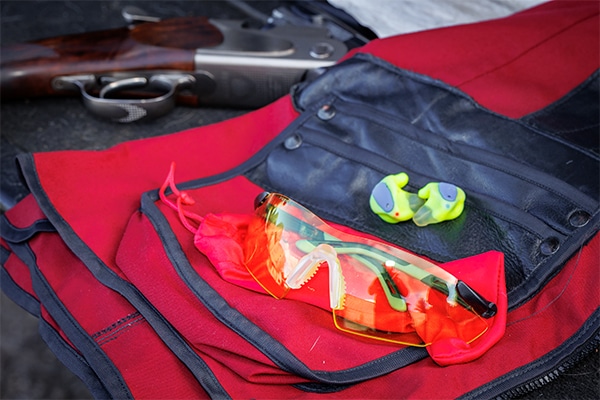
Shoot health and safety
If your shoot has five or more employees at any one time it is a legal requirement to have a health and safety policy in place.
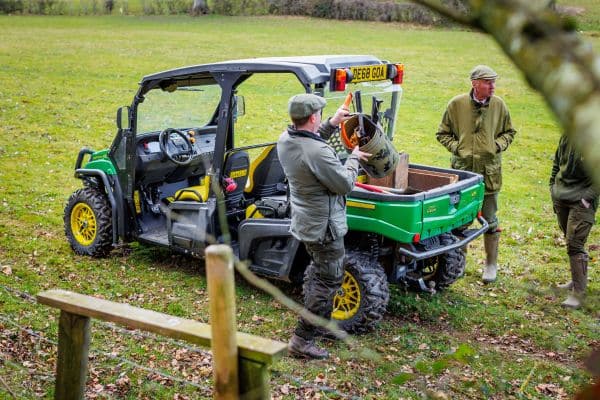
Gamekeeping advice
All the guidance and advice you need on all aspects of game, habitat and shoot management.
